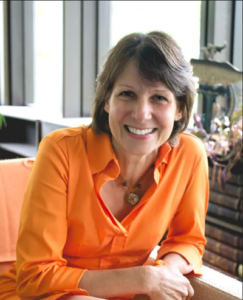March 2022 Director’s Corner

“Everything is connected to everything else – somehow, someway.”
February’s CRC Roundtable continued last month’s conversation about the human dimension of Chesapeake Bay restoration with a focus on human relationships and collective impact.
While we have made significant progress in improving the health of the Bay, the easy actions have been taken and the most difficult parts remain. Restoration simply can’t be achieved without ultimately increasing the number of watershed residents that are taking on-the-ground action. There are 18 million of us – just imagine the possibilities.
In 2017, the Chesapeake Bay Program conducted a stewardship index survey. The comprehensive survey assessed people’s actions and attitudes in the watershed. Overall, they found that actions with significant impacts on clean water are just not widely adopted. Take something as simple as installing a rain barrel: 80% of residents could do it, but only 14% have done so. There are similar numbers for other actions.
Almost a third of residents have personally become involved in an issue that is important to them – they have attended a hearing, written a letter to the editor, or engaged in a similar activity. However, of those civically engaged residents, only 14% reported engaging on behalf of an environmental cause.
There’s great untapped potential in the people living in the watershed. If we could increase the number of voices speaking up for the Bay and the amount of people taking action in their own homes and communities, we could move mountains.
Our February speakers kicked off a great conversation about examining values (including your own) and bringing people together to tackle shared conservation challenges.
